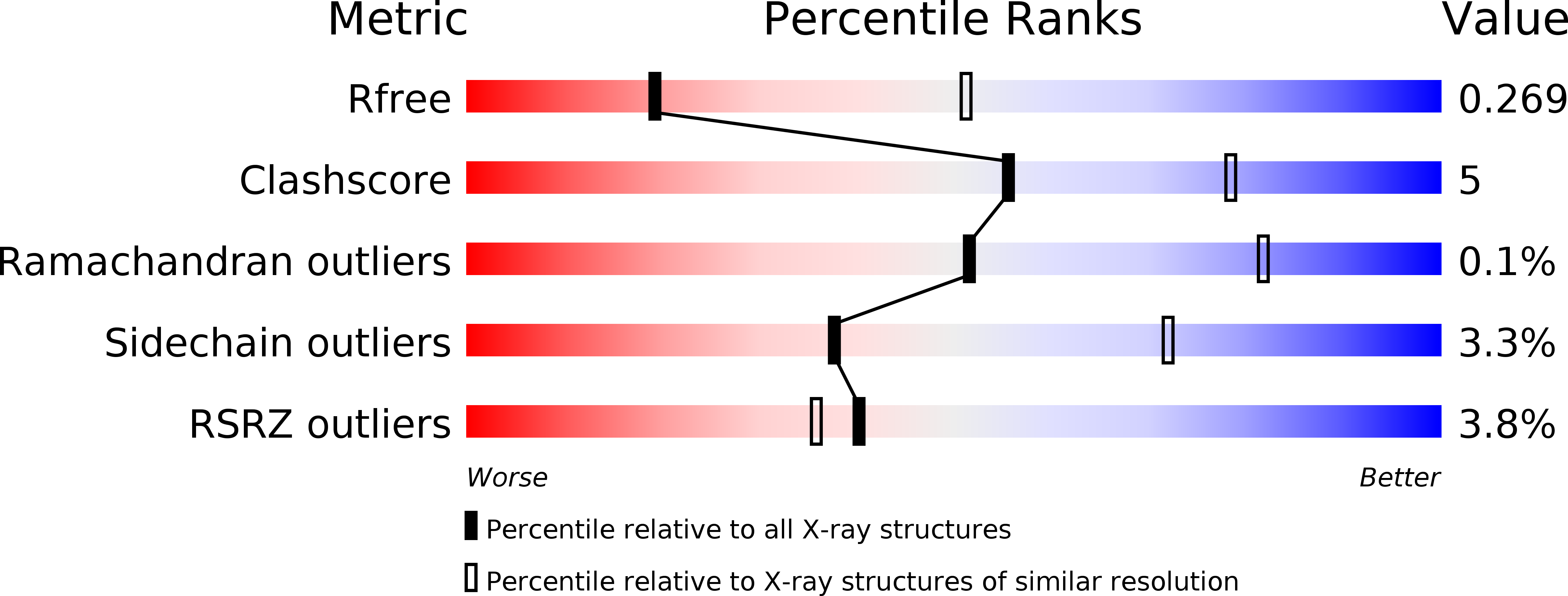
Deposition Date
2017-07-11
Release Date
2019-01-16
Last Version Date
2024-10-23
Entry Detail
PDB ID:
5WFG
Keywords:
Title:
Crystal structure of the TarA wall teichoic acid glycosyltransferase bound to UDP
Biological Source:
Source Organism:
Thermoanaerobacter italicus (Taxon ID: 580331)
Host Organism:
Method Details:
Experimental Method:
Resolution:
2.90 Å
R-Value Free:
0.24
R-Value Work:
0.20
R-Value Observed:
0.20
Space Group:
P 1 21 1


